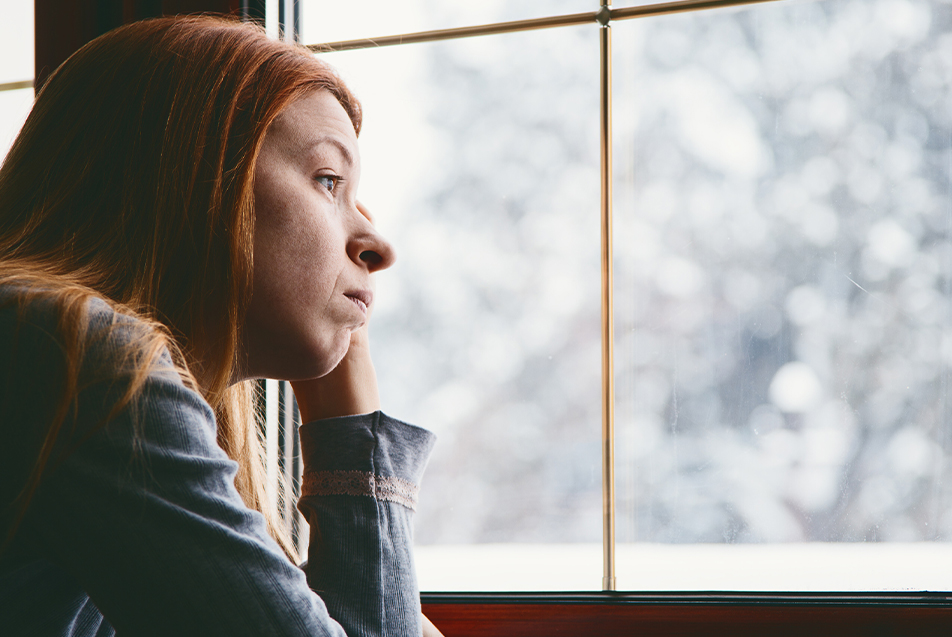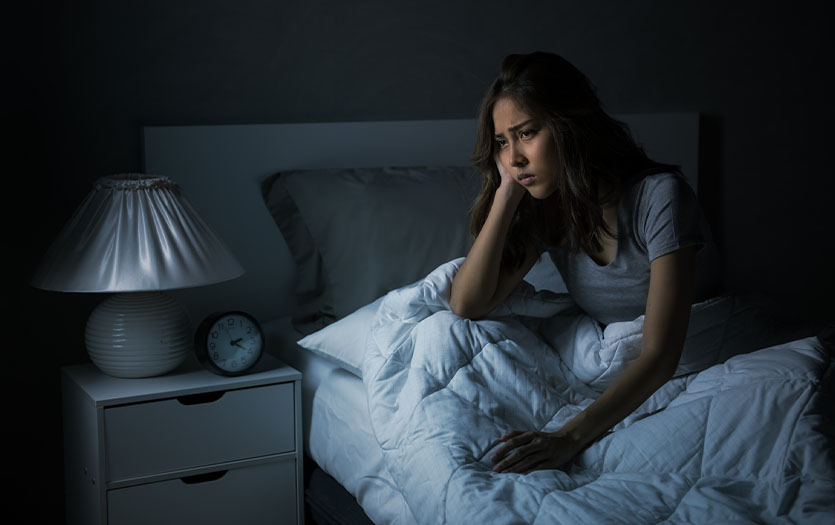
This post was written by Alannia Mosley, MA, LMHCA, PhD candidate, counseling psychology intern, Park Center, Parkview Behavioral Health Institute.
The pressure to have it all together can be overwhelming. Society tells us we should be happy, and showing sadness is a sign of weakness. Acknowledging feelings of depression somehow makes us incapable of attending to our daily responsibilities, making it seem like our feelings are not part of the vast spectrum of normal human emotions. However, over the years, we’ve learned this isn’t true. I can acknowledge when I feel overwhelmed, and this awareness and acceptance help make me stronger. Talking about my sadness increases my confidence in being able to overcome challenges. Who would have thought there is power in admitting when we need help?
We all have good days and bad days. One day you may feel confident and happy. The next, you may feel down or uncertain, and at times getting out of bed or cooking a meal may feel like a daunting task. It’s important to remember that these experiences are normal. However, if you find the pressure to “keep it together” is more challenging when Daylight Saving Time (DST) begins and our days become darker, and you notice a pattern of sadness in the winter months, you are not alone.
Seasonal Affective Disorder
You may be experiencing Seasonal Affective Disorder (SAD), also known as depression with a seasonal pattern. We refer to significant seasonal changes in mood as seasonal depression (SD). SD occurs when someone goes through periods of depression in the fall and winter months, primarily December and January. Comparatively, depression is a mental health condition that affects our perception, emotions and behaviors. Individuals struggling with depression may become sad about everything with no precipitating factor and have difficulty experiencing uplifting emotions. However, SD typically resolves once winter ends.
Additionally, about 5% of the population experiences SD every year, and 4 out of 5 of those individuals are women. Those affected typically notice signs of SD in their 20s or 30s. If you experience symptoms lasting 4-5 months per year, you may be diagnosed with SD.
How it works
Research suggests the reduction of sunlight in the fall and winter months may affect serotonin levels, a neurotransmitter that affects mood. Lower levels of serotonin and vitamin D are linked and shown to contribute to SD. Usually, we receive vitamin D from sunlight, but winter months can make the acquisition more difficult. As the days get shorter, sunlight becomes less available, and so we are more likely to have a vitamin D deficiency in the winter. A vitamin D deficiency could exacerbate SD symptoms since this vital nutrient helps promote serotonin levels.
Furthermore, there is research linking melatonin to SD and depression. Melatonin is a sleep-related hormone secreted by the pineal gland in the brain. It affects sleep levels and is typically produced in higher levels when there is limited sunlight.
Signs and symptoms
Many dealing with depression choose not to ask for help or talk about their problem, pushing family and friends away because it may feel more comfortable to ignore the issue rather than seek support. Many feel like they are burdening others if they reach out for help, but they are not. Holding the struggle in and trying to cope on your own is not healthy. Not talking about the issue forces us to shelf our problems and never deal with them. Not talking about stressors doesn’t make them go away. Instead, it exacerbates symptoms, often leading to further isolation.
Because we associate depression with its primary symptom of sadness, many people struggle to differentiate between feeling sad versus experiencing depression. This confusion can lead many to neglect their mental health or seek treatment for a normal emotional state. If you are experiencing any of the symptoms below and notice you are unable to feel pleasurable emotions during long periods of sadness, please consider speaking with a mental health professional. In the winter months, depression can result in:
- Oversleeping (hypersomnia)
- Overeating, particularly with a craving for carbohydrates
- Weight gain
- Social withdrawal or the desire to “hibernate”
In general, depression can be tied to several symptoms, including, but not limited to:
- A depressed or irritable mood most of the time
- A loss or decrease of pleasure or interest in most activities, including ones that had been interesting or pleasurable beforehand
- Significant changes in weight or appetite
- Disturbances in falling asleep or sleeping too much
- Feeling slowed down in your movements or restless most days
- Feeling tired, sluggish and having low energy most days
- Experiencing feelings of worthlessness or excessive guilt most days
- Experiencing problems with thinking, focus, concentration, creativity and the ability to make decisions most days
- Having thoughts of dying or suicide
Coping with and recovering from depression requires action. The key is to start with small attainable goals. Try starting with a few of these tips:
- Socialize: This can be difficult, especially if you don’t want to talk about your problems, but it’s a great place to start. Begin by having a conversation about something small such as plans for the week, then talk about your concerns when you feel comfortable sharing what’s going on.
- Exercise: Get up and get your body moving. Even the smallest effort can make a big difference.
- Coping skills: Do something you enjoy. Activities such as arts, crafts, journaling, deep breathing, listening to music and exercising are great options.
- Seek mental health treatment: If there is no improvement in your symptoms, you may want to contact your primary care physician to refer to a therapist or psychiatrist or contact Park Center at 260-481-2700 to schedule an appointment.
This year’s challenges
What is most challenging about winter this year is the added layer of stress from COVID-19. Not only are we experiencing shifts in our mood because of the change in season, but now we’re also having to practice social distancing and have less interaction with our social supports. This is a frequent conversation with my friends and colleagues as I cancel or reschedule social events. Some days it feels like the effects of COVID-19 will never end, and now the days seem darker and longer. Sure, we are tired and sometimes feel like giving up, but we have traveled so far down this COVID road and are pushing through the last 5 miles of this marathon. Right now, it may be challenging to have hope that things will get better. Although the days may feel sadder and we have been dealing with the challenges of COVID-19 for a long time, we do have hope - hope that one day we will resume our everyday lives and one day be able to gather with family and friends. We have overcome many obstacles, and we can get through this one with self-compassion, compassion for each other and a little grit.
Need help?
If you or someone you know is struggling with depression or considering suicide, please contact the Parkview Behavioral Health Helpline at 260-471-9440 or 800-284-8439, any time, 24 hours a day. You can also call the National Suicide Prevention Lifeline at 800-273-8255 or call 988.



